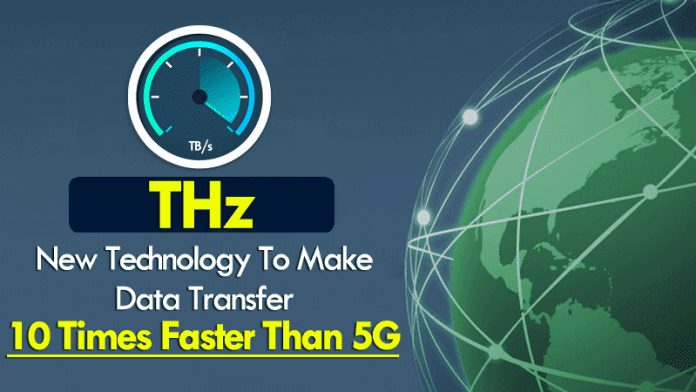However, to improve rates of data transfer within limited bandwidth is necessary to apply digital modulation techniques, such as modulation Quadrature amplitude (QAM). The THz band is a frequency that currently is not commonly used for wireless communications. It is characterized by employing frequencies even higher than those used by millimeter wave networks in the range of 57 to 66 GHz, as well as having a much wider bandwidth. Thanks to these qualities, the THz band is perfect for high-speed communications, and the device designed this group of researchers can implement them. The transmitter covers the frequency ranges of 275-305 GHz, which are currently unassigned. You can send data wirelessly with a rate of 10 GB/s through multiple next to the band of 300 GHz channels. The speed multichannel data exceeds 100 GB/s, a figure ten times the capacity of current technology. One of the researchers Minoru Fujishima, Professor at Hiroshima University in Japan, states that “Terahertz could offer ultra high-speed links to satellites as well, which can only be wireless. That could, in turn, significantly boost in-flight network connection speeds, for example. Other possible applications include fast download from contents servers to mobile devices and ultrafast wireless links between base stations”. Later, the researcher Minoru Fujishima also added that “We usually talk about wireless data rates in megabits per second or gigabits per second. But we are now approaching terabits per second using a plain simple single communication channel”. Moreover, this new research was scheduled to be exhibited at the International Solid-State Circuits Conference (ISSCC) 2017 which is being held from the month of February 5th to 9th in San Francisco, California, US.
Δ


